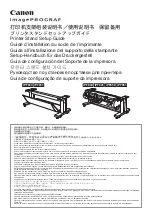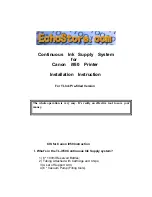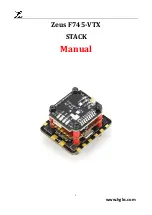9
Monitor Reverbs
The Mixer includes monitor reverb feature (also known as a "courtesy"
reverb) which can be applied to and mixed in with signals passing through
the Mixer. The result can be heard through the Main outs as well as through
the Aux outs.
Power button
Turns the reverb effect on or off.
Type knob
Selects the desired reverb: Ambience, Chamber, SmallHall, LargeHall,
Room, SmallPlate, LargePlate, VocalHall, or VocalPlate.
Return knobs – Aux 1 through Aux 4
Adjusts the amount of reverb heard in the corresponding Aux out pair (when
the reverb is turned on). For example, the Aux 1 Return knob increases or
decreases the amount of reverb heard in Balanced Outs 1 and 2.
Parameters
These adjust various aspects of the reverb. Use the parameters to fine-tune
reverbs to meet your needs.
Pre-Delay
This is a delay that’s added to the diffused signal before it enters the
main part of the reverb. For all intents, it may be considered as delay
that is added to the reverberated signal. It is used to temporally separate
the reverb from the dry signal.
Mid-RT
MidRT is the mid frequency reverb time. As such, it is one of the pri-
mary controls affecting the length of the reverb tail. At low values, it
models a space with absorbent walls—a signal won’t bounce many times
before it dissipates. At high values, the walls are flat and extremely reflec-
tive. A signal lives a long time before dying away.
Size
Room Size corresponds roughly to the length of the longest wall of a
rectangular room. When the room size is small, the “walls” of this space
are closer together and the resultant reflection density increases. When
the room size is large, that density decreases.
High-Cut
This parameter is a low-pass filter in the recirculating part of the reverb.
It represents a frequency above which the tail dies away more quickly.
Main Outs
Adjusts the amount of reverb heard in the main outputs.


















